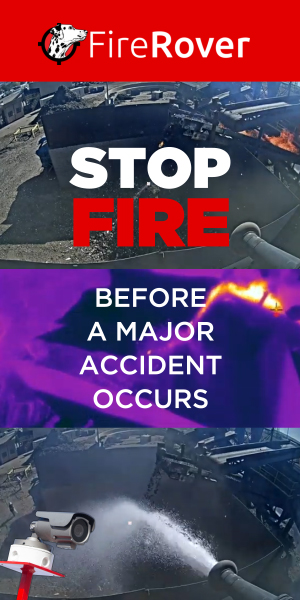Armed with a crane, a device that measures G-forces, and a 43,000-pound payload, a group of recyclers and equipment manufacturers set out to determine the safest way to secure heavy cargo on a special kind of truck: the lugger truck.
Truck drivers know the rules for securing cargo on most types of vehicles because it’s written in regulations from the Federal Motor Carrier Safety Administration. But lugger trucks, which some recyclers use to carry heavy loads of scrap, weren’t mentioned the last time FMCSA updated the standard in 2004. That omission spelled trouble for some lugger truck drivers, who over the last few years have been occasionally pulled over and cited for having insecure cargo, says Commodor Hall, ISRI’s senior safety director.
ISRI members and lugger manufacturers worked together to update the cargo securement standard in a way that clearly explains how to safely secure roll-off, hooklift, and lugger boxes, which are types of commercial motor vehicles that don’t usually have an integral locking systems of their own.
Hall says the updated securement standard aims to help companies keep the roads and their cargo safe while avoiding potentially-costly citations. Before the updated standard went into effect, local law enforcement “had a hodgepodge of responses” when drivers were stopped on the road for an inspection, Hall says. A driver could receive a citation for improper securement in one jurisdiction but pass the inspection in another jurisdiction, even if the driver used the same types of chains and secured the cargo the same way both times, he says.
The FMCSA has approved the updated standard, and the Commercial Vehicle Safety Alliance has published an inspection bulletin with examples of approved securement methods, including photos and descriptions of correct and incorrect procedures. A group of transportation and safety experts from ISRI, the American National Standards Institute, and the National Waste & Recycling Association helped CVSA write the standard.
In order to make changes to the standard, a group of industry professionals from Ace Brothers Equipment, ISRI, Whealon Towing & Service, Sadoff Iron & Metal Co. and the Wisconsin State Patrol had to do some heavy lifting to test and measure securement methods, says Andy Coates, fleet operations manager at Sadoff Iron & Metal Co.
That’s where the crane comes in: The team hooked one of Sadoff’s lugger trucks to a crane, filled the truck with 43,000 pounds of foundry busheling, and lifted or tilted it from three different angles to measure how gravitational forces affected the securement methods. The Wisconsin State Patrol provided a G-force measurement device called a VBOX. Data from the VBOX showed how the securement methods met existing FMCSA regulations, Coates explained during a Nov. 17 virtual session of the ISRI Safety and Environmental Council.
The Recycling Education and Research Foundation provided a grant to help fund the testing process, Coates added.










